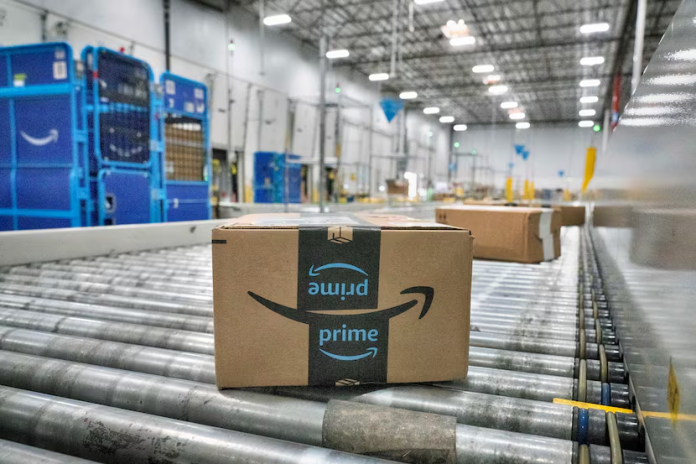Amazon’s flagship Prime Day event is facing an unexpected challenge as a growing number of third-party sellers scale back participation or withdraw entirely, citing financial strain from Trump tariffs on Chinese imports, according to Reuters.
The annual July sales extravaganza, second only to Black Friday and Cyber Monday in revenue, has traditionally driven surges in discounts and customer sign-ups. This year, however, merchants reliant on Chinese manufacturing warn that steep tariffs—some as high as 145%—are rendering Prime Day discounts unsustainable.
The retreat highlights a broader trend. Consultancies advising hundreds of Amazon sellers report clients slashing Prime Day involvement, with some abandoning discounts altogether. The pullback poses risks for Amazon, which relies on third-party sellers for 62% of its sales volume, according to Marketplace Pulse.
Reduced participation could also dent fees, advertising revenue, and the diversity of discounted goods—a key draw for Prime’s 200 million subscribers.
While Amazon promotes Prime Day as a “halo effect” opportunity, the costs for sellers are steep: a 15% commission per sale, plus fees up to $1,000 for promotional slots like “Lightning Deals.” Adam Wilkens, an advisor to 30 sellers, said many are paralysed by uncertainty.
Amazon has responded with “strategic forward inventory buys” and supplier renegotiations to cushion price hikes, CEO Andy Jassy told CNBC in April. However, consultants note the retailer is quietly surveying vendors about tariff impacts, signalling awareness of the challenge.
However, not all sellers are exiting entirely. Some are raising prices, trimming ad budgets, or staggering imports to soften tariff blows. Yet for smaller operators like KitchenEdge’s Michael Slate, the maths no longer adds up.
With the uncertainty, I can’t offer a 20% discount when I don’t know what my product cost is going to be in the future.
Last year’s Prime Day generated $14.2 billion (€12.5 billion) in US sales, per Adobe Analytics. While Amazon insists it is seeing “strong response” for 2025’s event, consultants like Jon Elder, who works with 100 sellers, paint a grimmer picture:
Nearly all my clients are pulling back in Prime Day deals.It’s rough right now. Lots of difficult decisions are being made.
As Prime Day’s exact July dates loom, the standoff underscores a widening rift between Amazon’s growth ambitions and the realities of a global trade landscape reshaped by US tariffs. For many sellers, survival now hinges on adaptability, not Prime Day promotions.
